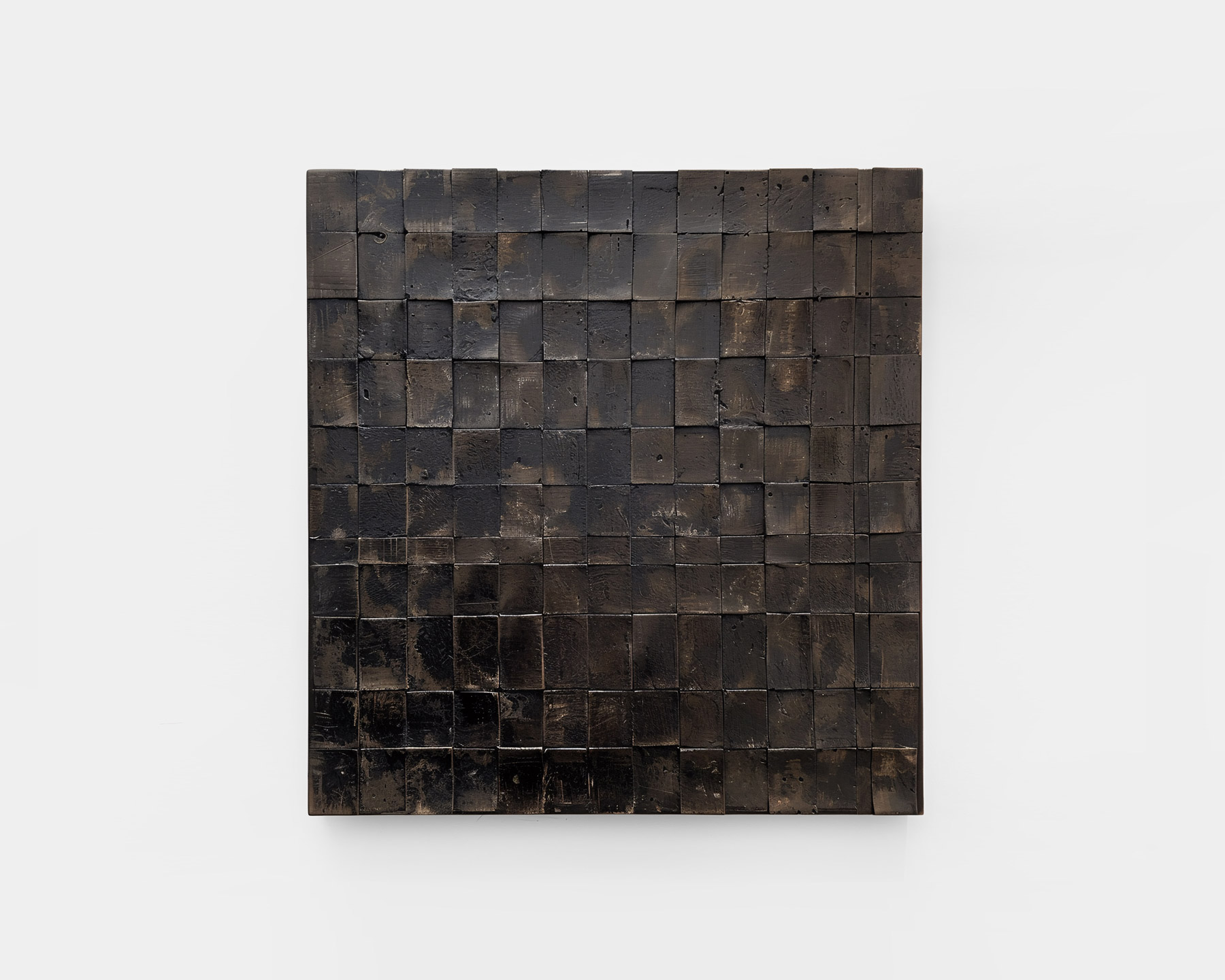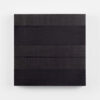Art is controversial and art with a minimalist aesthetic is particularly so. Of course, what you like is subjective – I’ve written about that often enough. But abstract, minimalist art holds a special place here. It challenges our perception and constantly questions our traditional definition of art. One of the most frequent criticisms I have heard about minimalist art is that it is described as “emotionless” and “cold”. I find this very interesting, as there have been incidents in the past where people have rejected this aesthetic so vehemently that they were not even afraid to destroy it. So how can supposedly “emotionless” art provoke such emotional reactions?
Artists who ventured into new territories have often faced misunderstanding and rejection in the past. For instance, Malevich’s “Black Square” in 1915 sparked a flood of discussion and controversy. About 50 years later, in 1963, visitors at the Museum of Modern Art (MoMA) reacted so angrily to Ad Reinhardt’s “Black Paintings” that the museum staff felt compelled to close off the exhibition space to avoid further “incrimination” for the public.1
Barnett Newman’s works were particularly affected by such reactions. An example of the extreme reactions his art provoked is the attack on his painting “Who’s Afraid of Red, Yellow and Blue IV (1970)” in the Nationalgalerie in West Berlin, when a student damaged the work in 1982 because he felt offended by the painting and saw it as a “perversion of the German flag”. Years later, an artist repeatedly damaged works by Newman exhibited at the Stedelijk Museum in Amsterdam to show his dislike of abstract art.2
Many describe minimalist art as “emotionless” and “cold” – but why does supposedly “emotionless” art evoke such emotional reactions?
Of course, there have been and still are attacks on art, regardless of era or style, as the recent attack on the Mona Lisa shows. However, I think it is important to mention here that most of these attacks are part of a political statement or a performance. (As in the example of Wlodzimierz Umaniec, who claimed that smearing a Mark Rothko painting was an expression of his artistic movement).
During my research for this article, I got the impression that the attacks on minimalist art were often not about making a political statement or anything similar. In most cases, it was specifically about destroying the shown artwork. But why do some people feel so provoked that they want to destroy these works? How can something so calm provoke so much aggression?
In this context, I’d like to highlight the role of art critics and curators: In an insightful article by Phyllis Tuchman3, she reflects on the influential roles these key players in the art world had, especially regarding the Minimal Art movement in America. They played a decisive role in the interpretation of it. And these early interpretations may have contributed to the perceptions at the time by influencing audiences before they were able to form their own opinions3. A very interesting thought.

In 1965, Robert Irwin’s “Dot Paintings” triggered a strong reaction from the audience at the Sao Paulo Biennale. His minimalist works were so vehemently rejected by visitors that the paintings were spat upon, dirtied, and destroyed within the first day! Irwin commented on the incident: “… I really don’t know [what instigated the attacks]. I suppose the paintings were perceived as a very minimal kind of expression, and for some reason during that period of time, that really angered people… I guess they somehow intuitively recognized it as an attack on a lot of the values they held. It threatened them.”4
In 1972, the acquisition of Carl Andre’s floor sculpture “Equivalent VIII” by Tate sparked a heated debate about the cultural value of minimalist art. In 1976, a visitor even poured blue vegetable dye on the work to express his opinion of it.5
Searching for an answer
All of these incidents are just a small selection of reactions to minimalist art. Unfortunately, I cannot answer why people react so vehemently against this aesthetic and feel provoked. I can only try to explain what their motives might have been.
People approach art with their own personal expectations and ideas of what it should represent and achieve. Minimalist art seems to present a particular challenge for many viewers. It often breaks with traditional conventions and can therefore lead to disappointment for some. And without meaning to, for some people minimalist art symbolizes certain values and ideologies with which they do not agree. Where some see peace and harmony, others perceive emptiness or meaninglessness.
I personally believe that minimalist art works like a mirror. It not only reflects the aesthetic sensibility of the viewer, but also confronts them with their own deep, often unconscious emotional states. And this can initially generate anger and aggression. And perhaps these emotions are so strong that there arises a need to vent them on the artworks. But this is just speculation on my part. We will probably never know the real reasons.
Nevertheless, these reactions are a sign of how incredibly powerful minimalist art is. And as already written in this article, controversial attention is important for this aesthetic. Because what polarizes has meaning. And it would be a shame if the outstanding works of these artists were to sink into insignificance.
What do you think could be the reasons for the attacks on minimalist art? I look forward to your thoughts on this topic! Comment here or join the conversation on Instagram.
Further Reading / Resources
- Barbara Rose, Art as Art: The Selected Writings of Ad Reinhardt, p. 15 found in: Art-Voids: Contemplating Emptiness in Contemporary Art, p. 56
- https://www.artdamagedbook.com/blog/barnett-newman-cathedra-1951-knife-in
- https://www.artforum.com/features/minimalism-and-critical-response-209390/
- https://www.artdamagedbook.com/blog/robert-irwin-dot-paintings-knives-coca-cola
- https://www.londontradeart.co.uk/en/magazine/the-most-controversial-tate-purchases-that-paid-off
- https://surfaceresearch-hj.blogspot.com/2010/05/destruction-of-art.html
- https://pricelessblog.squarespace.com/articles/barnett-newmans-slashed-paintings
- https://www.thecollector.com/why-were-barnett-newman-paintings-destroyed/
About Exploring Aesthetics:
Sarah loves asking questions and exploring the things she engages with on a daily basis. Exploring aesthetics is her column which discusses art, design, and aesthetics to explore, inspire, and question the status quo.


